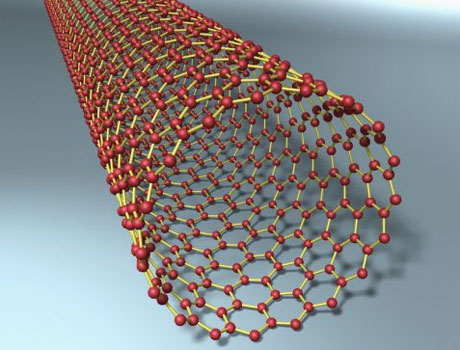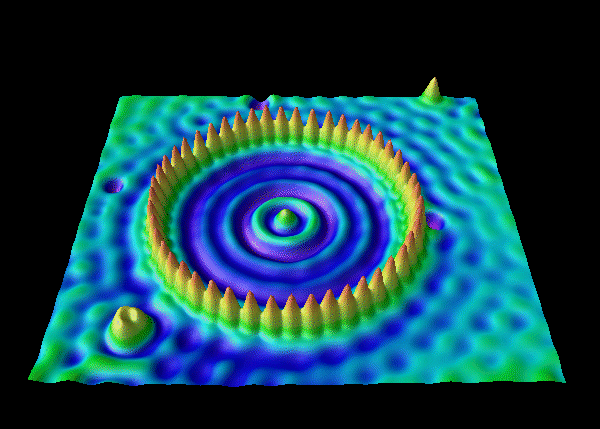Though the computer can only run a counting and sorting program at this point, it is an amazing accomplishment considering the precise arrangement of atoms and materials required on the nanometer scale in order to be able to make a device such as this. The research group's incredible product is commended in the article: http://www.nytimes.com/2013/09/26/science/researchers-build-a-working-carbon-nanotube-computer.html. One of the leaders of the group, H.S. Philip Wong, described the amount of time needed to complete this task by saying, "'We've spent a tremendous amount of time on this; in fact we've spent two generations of students on this.'" If it takes two generations of well-educated, intelligent scientists to assemble this one computer, then clearly assembling this device was not an easy feat. The team began by using carbon nanotubes to assemble transistors for the computers which were then connected to one another in order to form an electric circuit. This step-by-step process of advancement ultimately lead to the creation of the carbon nanotube computer.
Like I wrote in the article before this, technological advancement such as this has immense significance because of the many possibilities nanotechnology may hold in the future. To have an understanding of the size of this carbon nanotube computer, look at the picture provided in the article of leader, Max Shulaker, in front of it.
To the right of Shulaker, the carbon nanotube microscope is shown beneath a powerful microscope, the only way it can be clearly seen with the human eye. Now relating back to my prior post again, what if this computer nanotechnology were combined with the ability to arrange atoms into structures possessed by using the specialized scanning tunneling microscope. Possibly in the future, a program could be made on the computer to operate the manufacturing of other micro structures using the scanning tunneling microscope. Nanotechnology has proposed possibilities of medicinal use, helping the environment, and even ending world hunger. If humans want to have any chance of accomplishing ambitious feats such as this, stepping-stones such as this device are crucial.
Topics such as this relate to simple chemistry lessons of electrons, protons, and neutrons because it is important to be well-versed on materials at subatomic level in order to figure out how to manipulate them. A person would have to be able to know information on this topic and then be able to draw conclusions and inferences based on the given information. In the case of Max Shulaker's team, he knew the structure of micro materials, like carbon nanotubes, and he was able to manipulate them to assemble the carbon nanotube computer. This style of thinking is what chemistry is all about.



